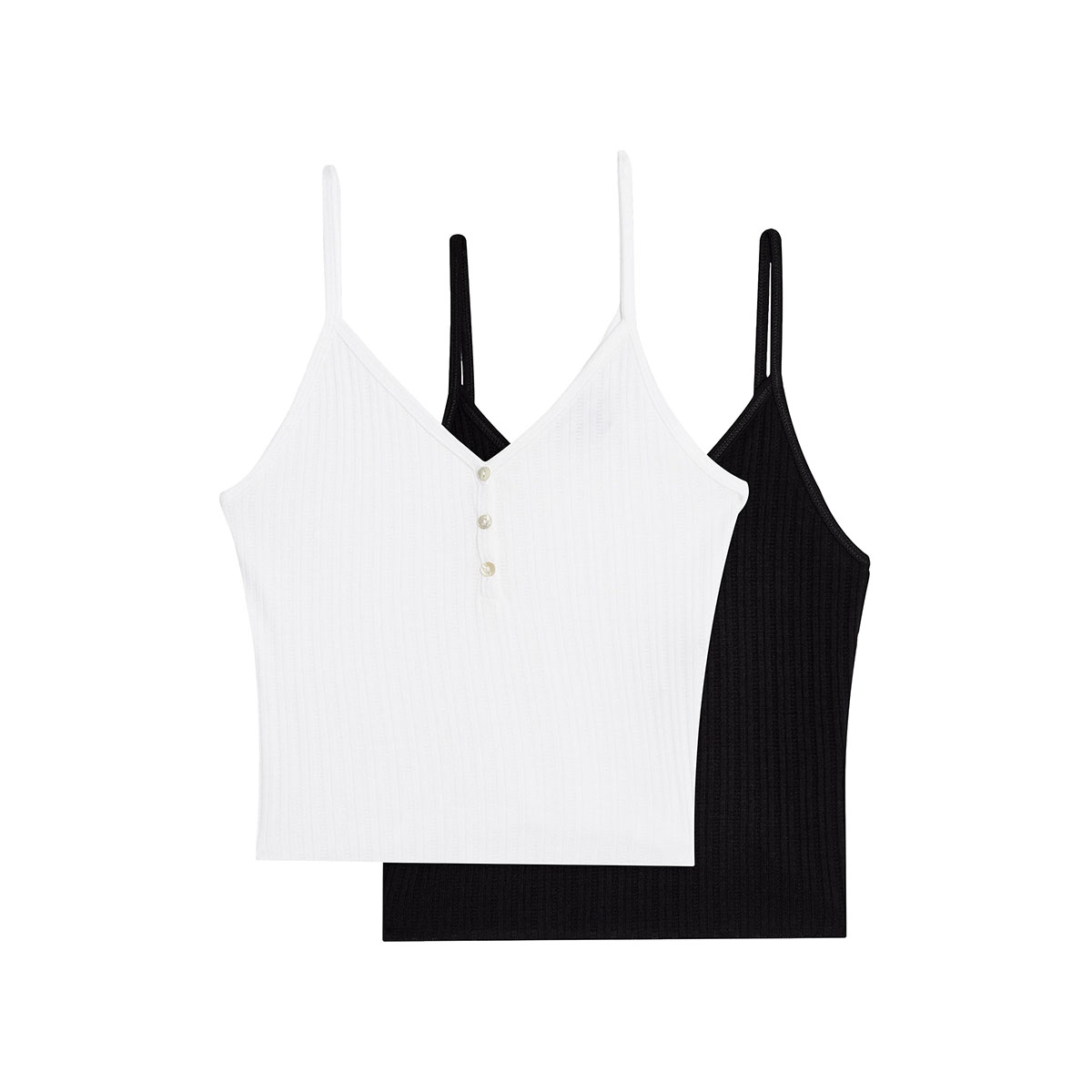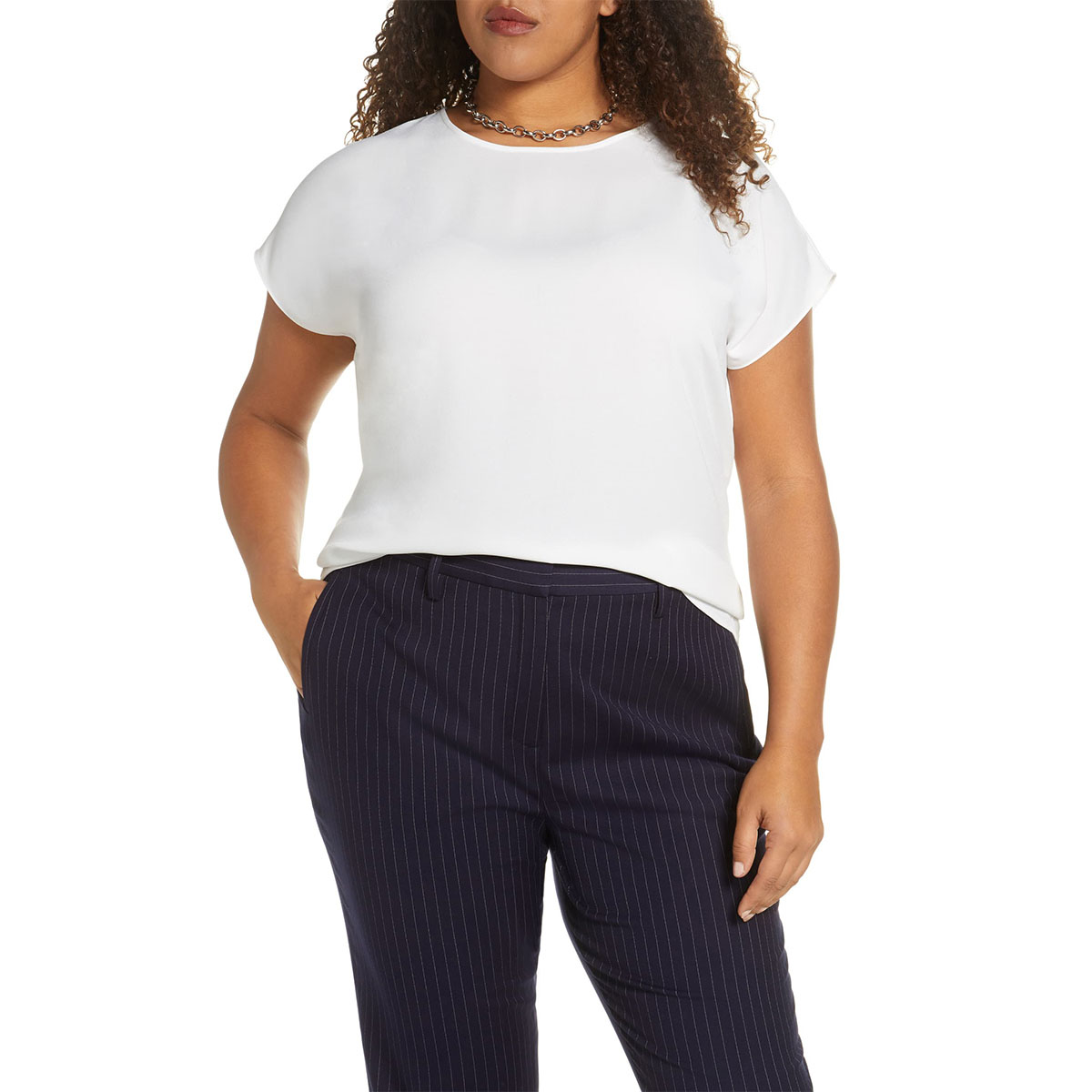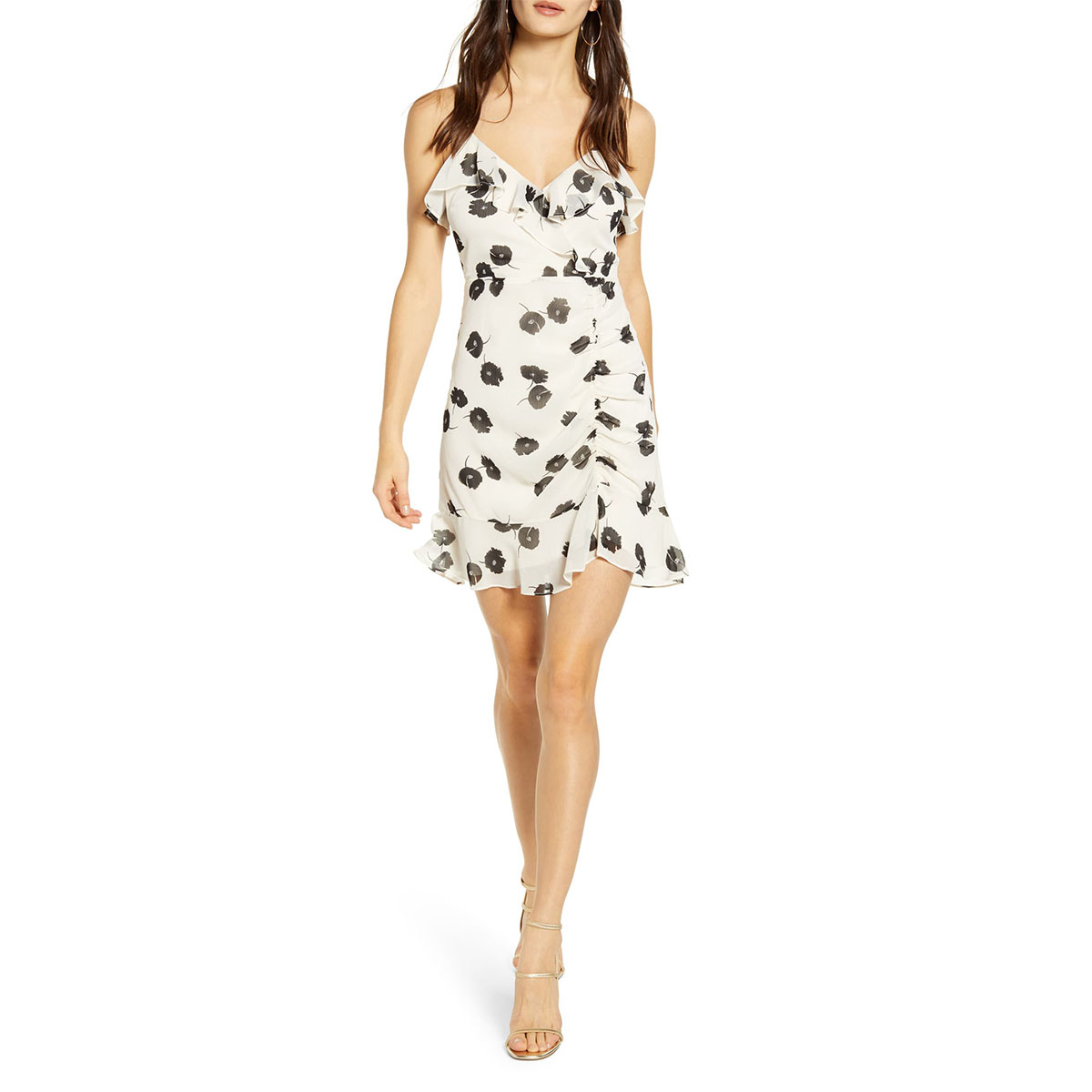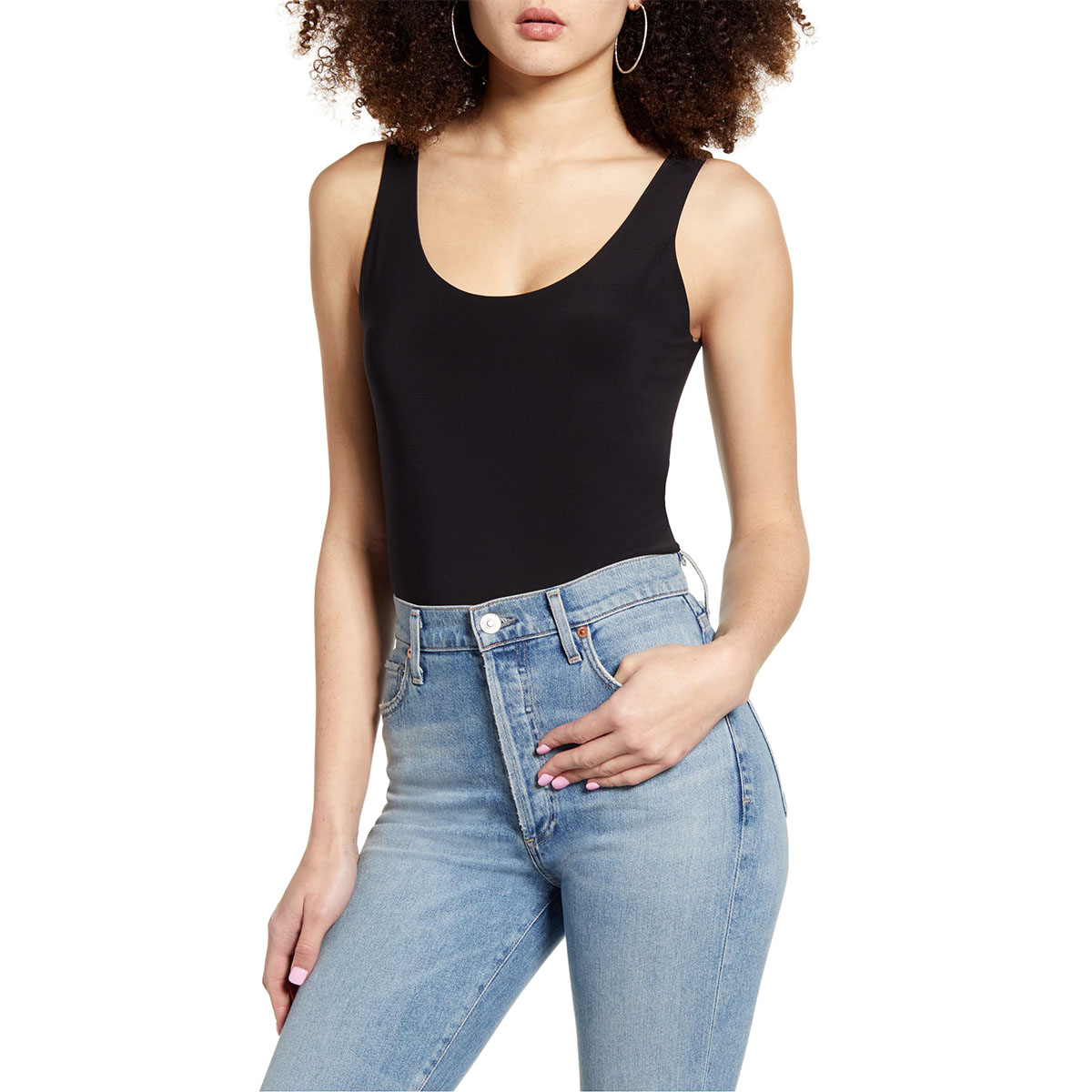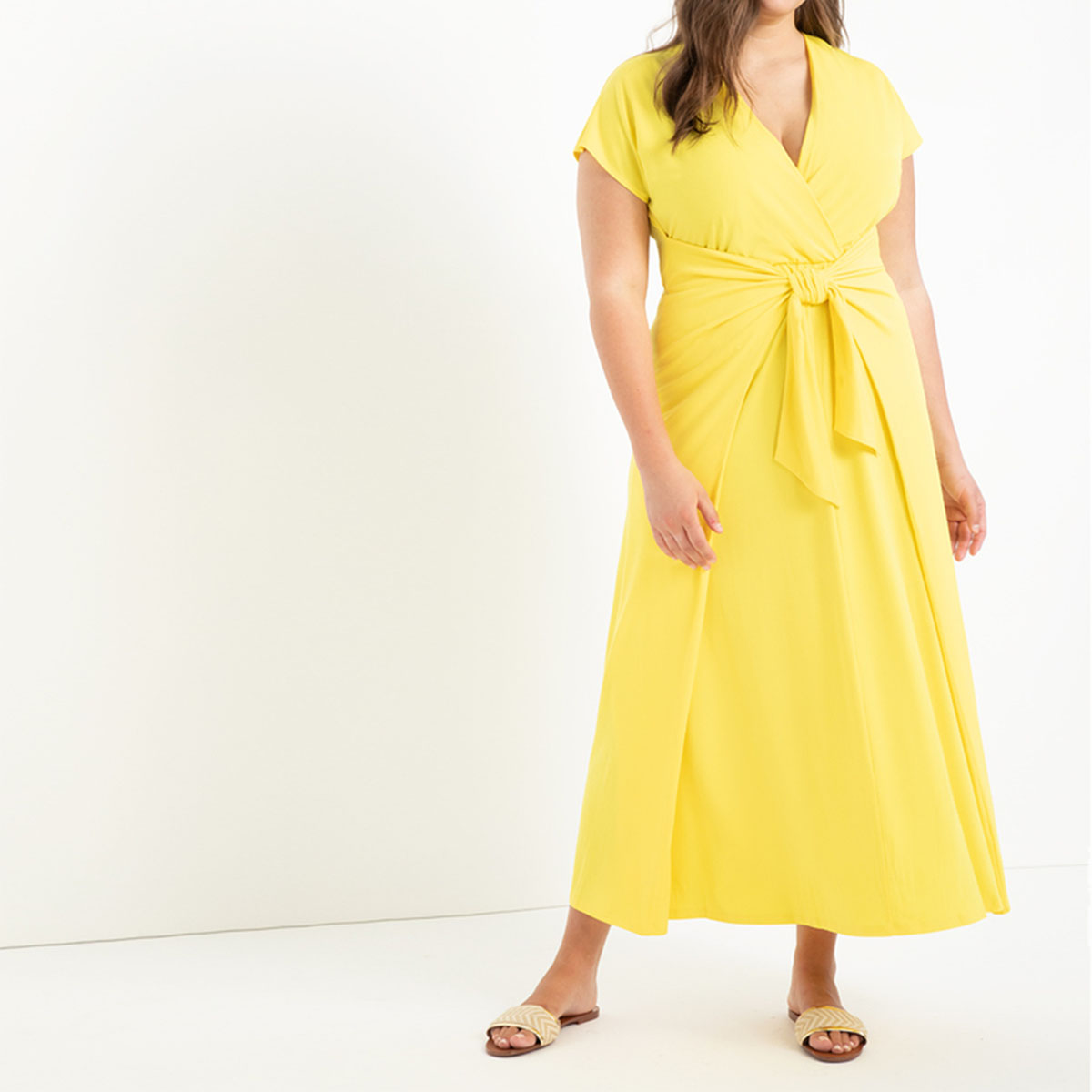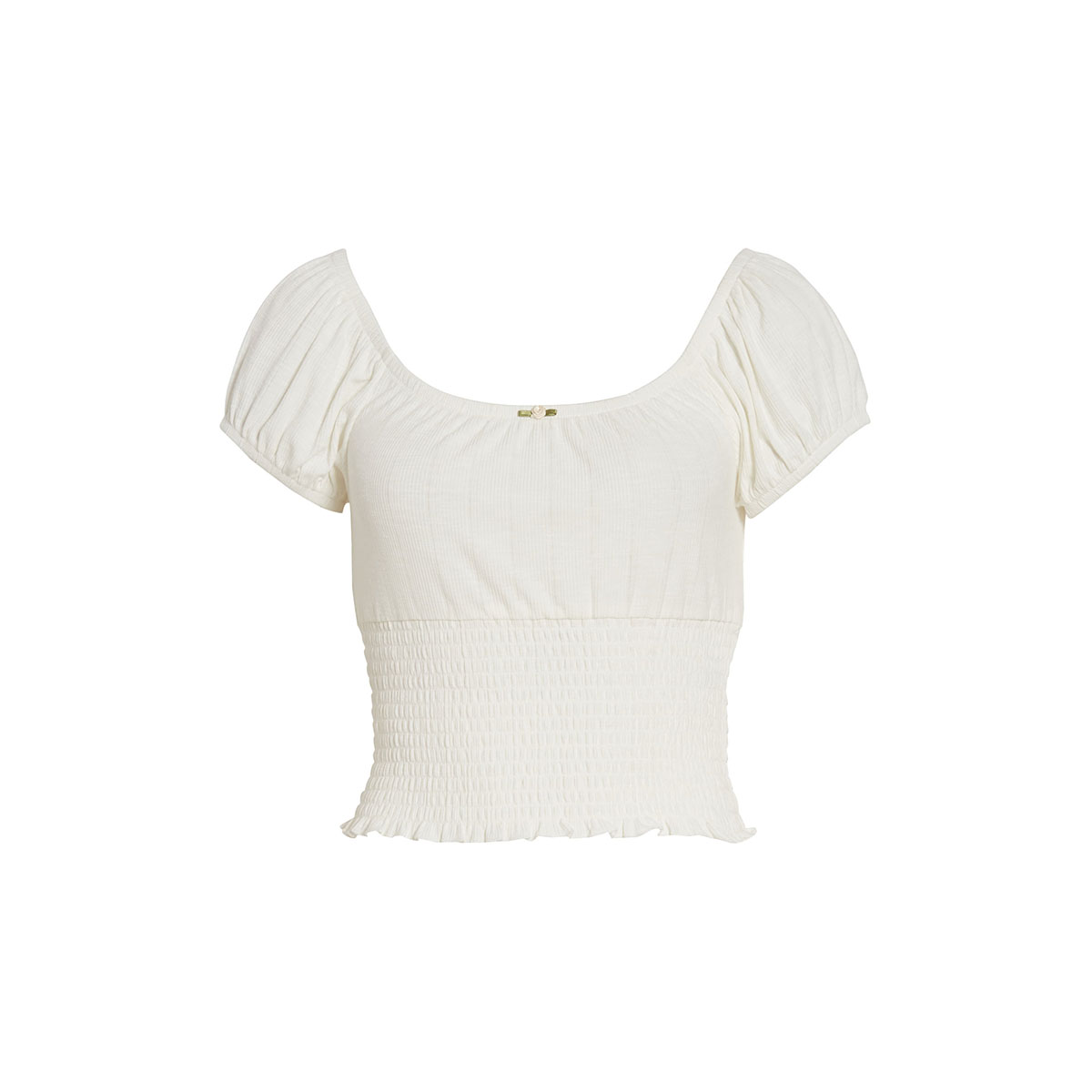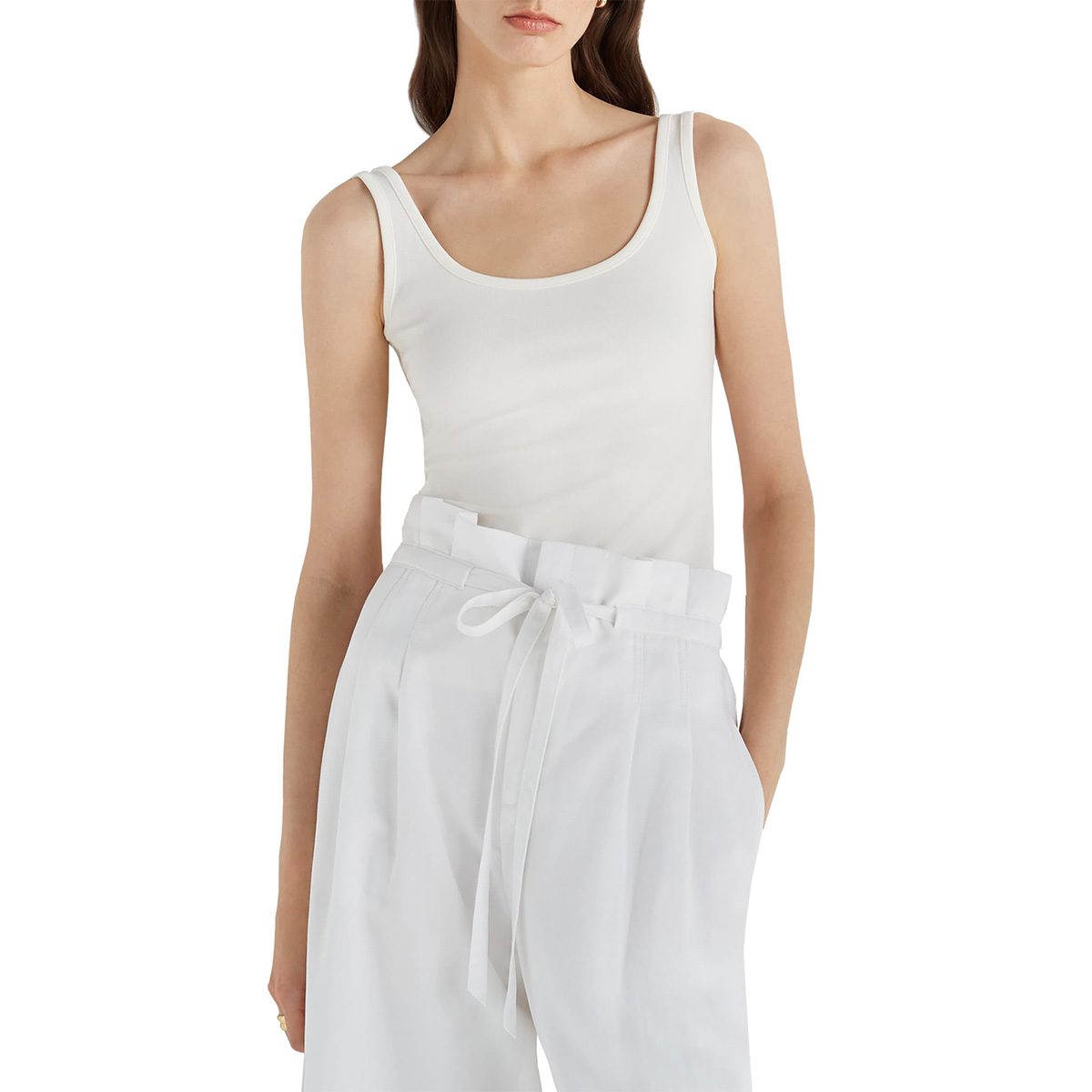What Is Polyester Made Of?

While the first thing that comes to mind at the mention of polyester might be retro bowling shirts and vintage floral dresses, this ubiquitous fabric is probably in more of your wardrobe than you think. From athletic-wear to lingerie, polyester can be found in an array of everyday attire. As apparel made from cotton and other natural materials has decreased, the use of polyester in clothing manufacturing has become more popular than ever. But what is polyester, exactly?
Read on to learn what polyester is, where can it be found, and what you need to know about this popular fabric.
What Is Polyester?

Simply stated, polyester is a synthetic fabric comprised of a type of plastic. Less simply stated, polyester is made up of molecular polymers associated with the ester group of chemical compounds (hence the term “polyester”). While there are many variations of polyester, a common one is "polyethylene terephthalate," or PET, a type of plastic found in clothing and packaging. Liquid polyester is stretched and spun into fabric using an industrial spinneret machine.
Where You’re Most Likely to Find Polyester

One of the most common questions surrounding what polyester is has to do with where it can be found. Following its invention in the early 1940s and its introduction to the public in 1951, polyester would go on to dominate decades’ worth of yearbook photos in the form of lightweight jackets, leisure suits, and brightly colored A-line dresses.
Today, polyester can still be found in dresses, blouses, and slacks, though most often in conjunction with other fabrics like cotton, wool, and nylon. Because of its remarkable versatility (and relatively low-maintenance care instructions), polyester is also found in a wide array of outerwear, athleisure, and fitness apparel.
Pros and Cons

There are a number of reasons that polyester has gained such widespread appeal. It’s highly wrinkle-resistant, making it an attractive choice for activewear and travel attire. It’s also moisture-resistant and flexible, which makes it a popular choice among many athletes.
On the other hand, research has shown that polyester may not be the best fabric for those with sensitive skin, especially since it’s not particularly breathable. It’s also not ideal for those who prefer clothing made from natural, biodegradable materials. If you’re not sure which of your clothing contains polyester, the best education on polyester may be found by taking a look through your wardrobe.
Now, shop our favorite picks:
Up next, keep reading to learn how to wash polyester in four steps.
This story was published at an earlier date and has been recently updated.
-
 Sorry, But Fashion People Are Already Ditching Leopard-Print Shoes for This Elegant Alternative
Sorry, But Fashion People Are Already Ditching Leopard-Print Shoes for This Elegant AlternativeHere are the receipts to prove it.
By Nikki Chwatt
-
 Step Aside, Leopard Print—This Is Unquestionably 2025's It Print
Step Aside, Leopard Print—This Is Unquestionably 2025's It PrintAlaïa and Zara both agree.
By Anna LaPlaca
-
 Jamie Mizrahi's World: The Celeb Stylist's Favorite Red Carpet Look, Most Worth-It Shoe, and Album She Listens to on Repeat
Jamie Mizrahi's World: The Celeb Stylist's Favorite Red Carpet Look, Most Worth-It Shoe, and Album She Listens to on RepeatA modern-day style expert.
By Allyson Payer
-
 How Everyone Will Be Wearing Their Non–Skinny Jeans This Spring
How Everyone Will Be Wearing Their Non–Skinny Jeans This SpringHere's your outfit inspiration.
By Michelle Scanga
-
 Suddenly, Women With The Row Style Are Breaking This Fashion Rule
Suddenly, Women With The Row Style Are Breaking This Fashion RuleYou should too.
By Nikki Chwatt
-
 We're Fashion Editors—Everything We Saw, Wore, Did, and Ate During NYFW
We're Fashion Editors—Everything We Saw, Wore, Did, and Ate During NYFWLet's dive in.
By Anna LaPlaca
-
 Jenna Lyons's World: Her Go-To Red Lipstick, Her Latest Eyewear Collab, and the J.Crew Pieces She Still Wears Today
Jenna Lyons's World: Her Go-To Red Lipstick, Her Latest Eyewear Collab, and the J.Crew Pieces She Still Wears TodayA true fashion icon.
By Judith Jones
-
 Not Into Trends? Renée Zellweger's Winter Outfit Combo Is 100% Classic
Not Into Trends? Renée Zellweger's Winter Outfit Combo Is 100% ClassicJust as you are.
By Drew Elovitz
